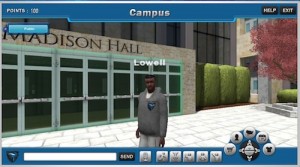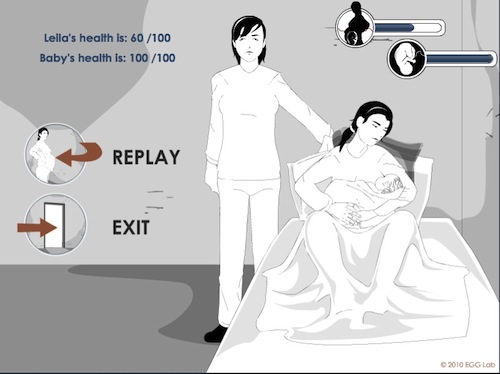 If you’ve followed the exploits of Linden Lab’s former CEO and current Chairman over the past year or so, you’ll know he’s been off creating something new. The New York Times has run a profile on that venture, Coffee and Power.
If you’ve followed the exploits of Linden Lab’s former CEO and current Chairman over the past year or so, you’ll know he’s been off creating something new. The New York Times has run a profile on that venture, Coffee and Power.
That venture seems interesting enough and leverages heavily the virtual currency model used for Second Life, in this case to purchase or receive payment for goods or services.
It’s very similar to a bunch of other services, though it seems a solid community is already being built up. Whether you need a garden gnome restored, someone to crochet an octopus for you or a Powerpoint presentation created for you, it can all be purchased.
What interested me most however, was this paragraph:
While he is still chairman of Linden Lab, the company that created Second life, Mr. Rosedale talks about that venture in the past tense.
“The problem with creating an immersive 3-D experience is that it is just too involved, and so it’s hard to get people to engage,” he said. “Smart people in rural areas, the handicapped, people looking for companionship, they love it. But you have to be highly motivated to get on and learn to use it.”
Assuming the quote is accurate, is that the message you want coming from the Chairman of your Board? There’s nothing in the statement I’d disagree with factually, but it still seems an interesting approach from someone who’s been aligned with Second Life from the beginning.
Over to you: a skewed story or an indication of malaise at the very top of Linden Lab?









Recent Comments